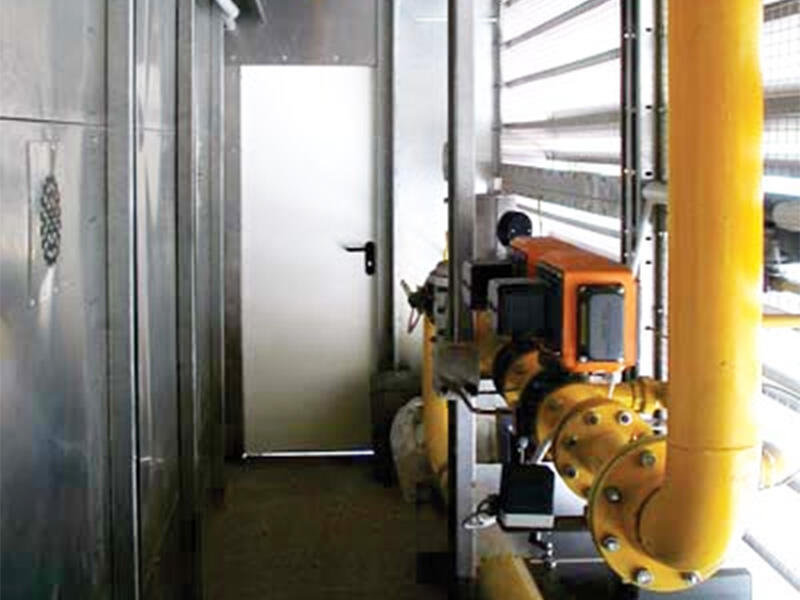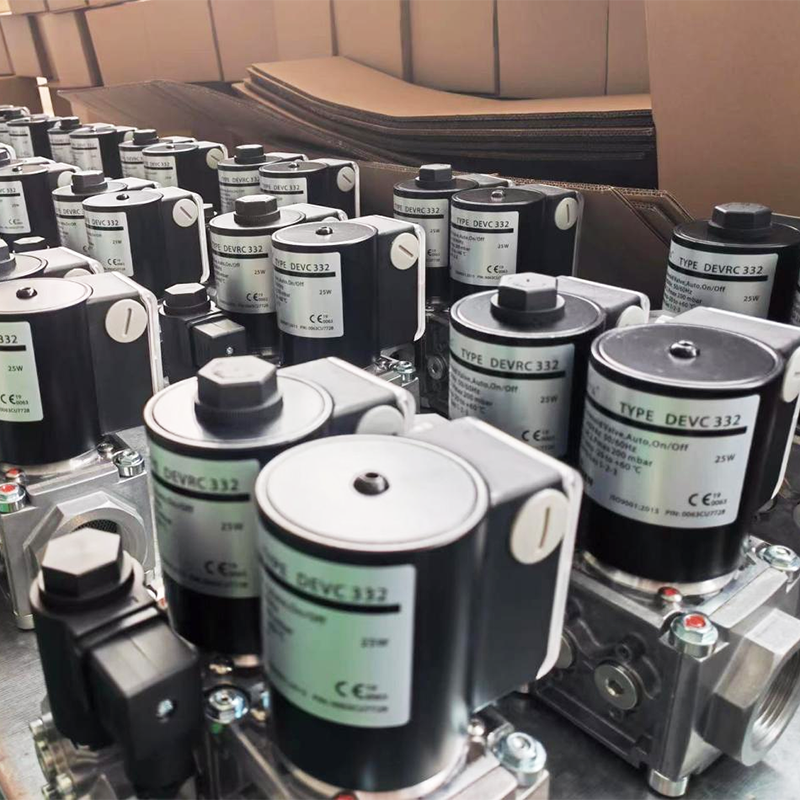In the world of industrial automation, these devices are seen as simple, yet function well within the environment that uses them. These valves, which are used in different industries, control the flow of liquid and gas. This article focuses on the behavior, advantages, and uses of the solenoid valves, and how these valves help in solving operational issues.
What is a Solenoid Valve?
This kind of valve is defined as a fluid control switch which is mechanical in nature and requires an electric current to operate. This means that it can either shut off or permit the unstreaming of fluid. The solenoid valve is said to operate with a current flowing in the coil of an electromagnet, causing the valve to work by generating an electromagnetic field strong enough to reposition the plug or armature of the valve. Solenoid valves can be utilized in numerous processes because of their applications where the shifting of liquids and gases is a necessity. These may be found in irrigation, HVAC systems, and in various processes of processing plants.
Advantages of Solenoid Valve
Everything from the response time to the efficiency of Solenoids response systems is unparalleled. Unlike older manually controlled valves, the Radius valve can be turned on and off so precisely with absolutely no waiting that it can be fully controlled with zero delay. This precision ensures that automated systems, as well as effective safety protocols, run as intended. In addition, solenoid valves have a wide application range because they can be used in many confined spaces.
Operating costs is another key benefit. Activating a solenoid valve requires only minimal power. This reduces cost over time and helps save energy. For greater versatility, solenoid valves can service a broad spectrum of different fluids and operate across various industries. This also enhances their appeal. Radius valves are equally reliable as they can withstand countless harsh conditions and long periods of being unattended, all without requiring much maintenance.
Applications of Solenoid Valves
One example that illustrates the diverse application of solenoid valves is their incorporation across various sectors. In automotive technology, solenoid valves control the fuel and air intake into a car’s engine. In the food and beverage section, these valves help control liquids during processors to clean them. Furthermore, these valves are very helpful in the pharmaceuticals industry where precise dosing of medicines and other chemicals is essential.In HVAC systems, solenoid valves improve the efficiency of the system as well as the comfort level of its occupants by controlling the flow of refrigerants. Also, they have great potential in both residential and commercial HVAC systems because they can operate in extremely high and low ambient temperatures. In addition, solenoid valves are widely used to control the flow of water purifying chemicals in water treatment plants. Technological Innovations and Future Prospects of Solenoid Valves
In the new future, the increasing variety of industries will have a good impact on the demand of solenoid valves. Innovations in technonlogy is making it possible to manufacture smart solenoid valves equipped with IoT systems for remote surveillance and control which pushes for automation and precision needed in industrial processes. In addition, the industry is forced to respond to the growing need for automation by designing eco-friendly low power smart solenoid valves.
As previously noted, solenoid valves are exceptionally important to practically every industrial operation in this age of technology. Their adeptness encompasses diverse domains. The response precision and adaptability of solenoid valves permits a firm to improve operational responsiveness and dependability without any added effort. With further enhancement in technologies, solenoid valves will gain new avenues to optimize their working functions and expand their ever-increasing scope of applications.



